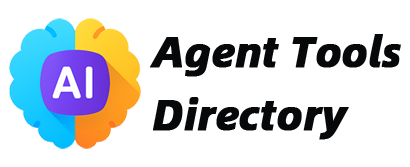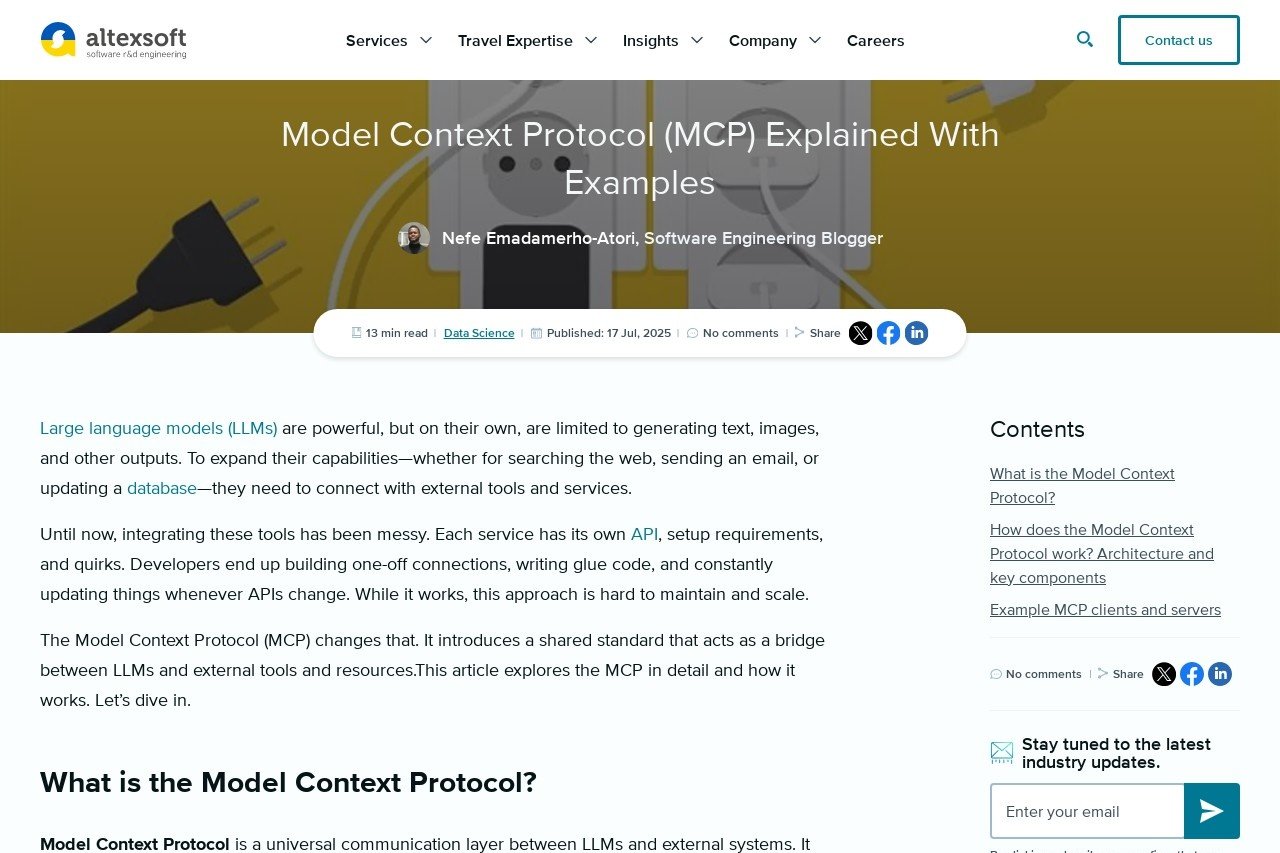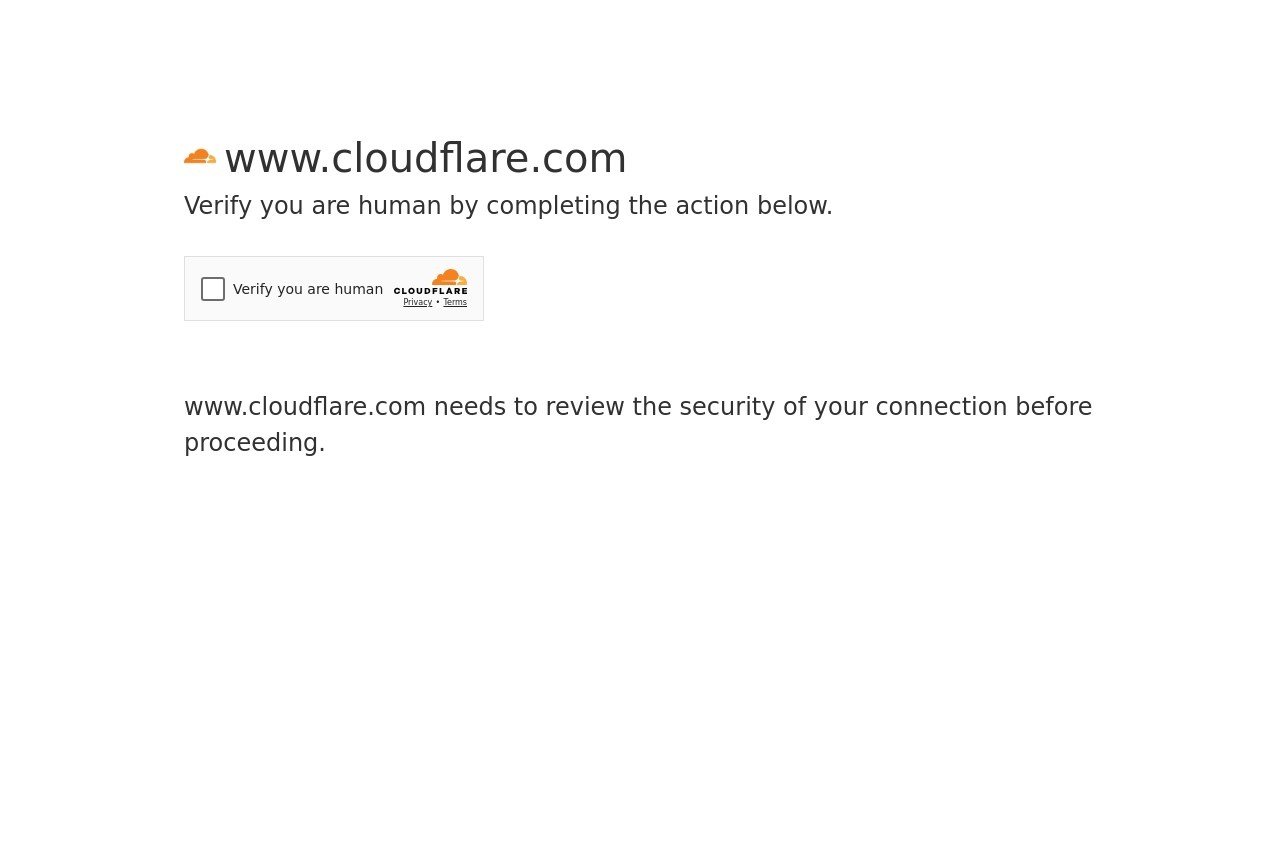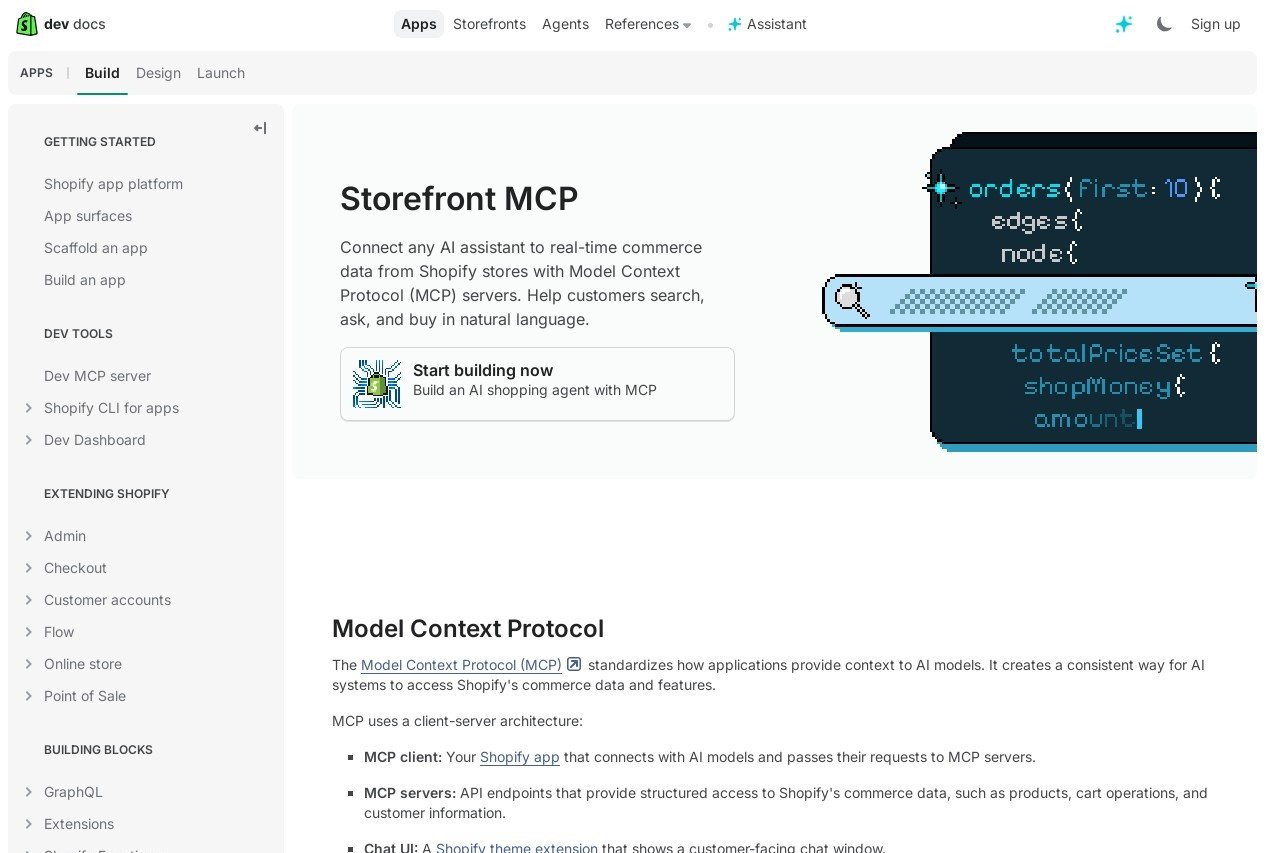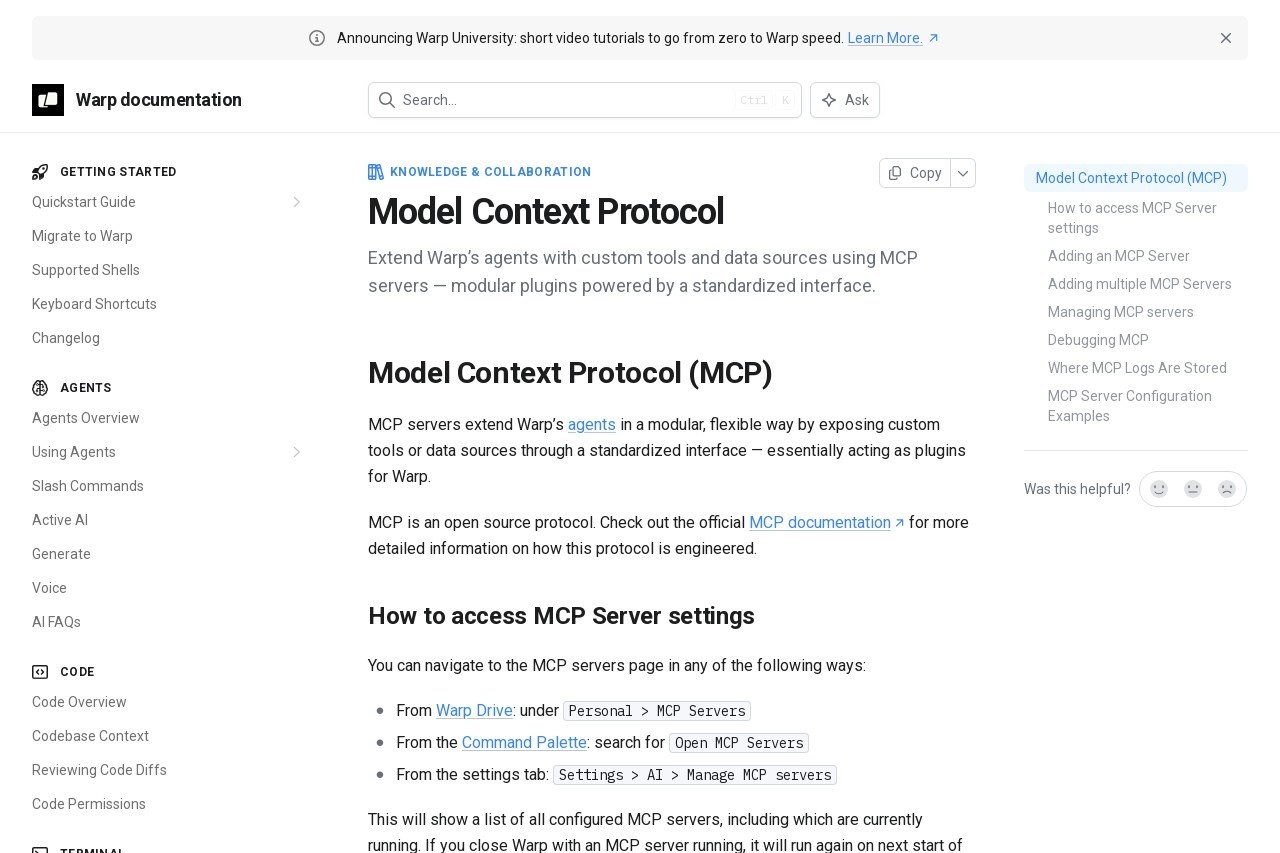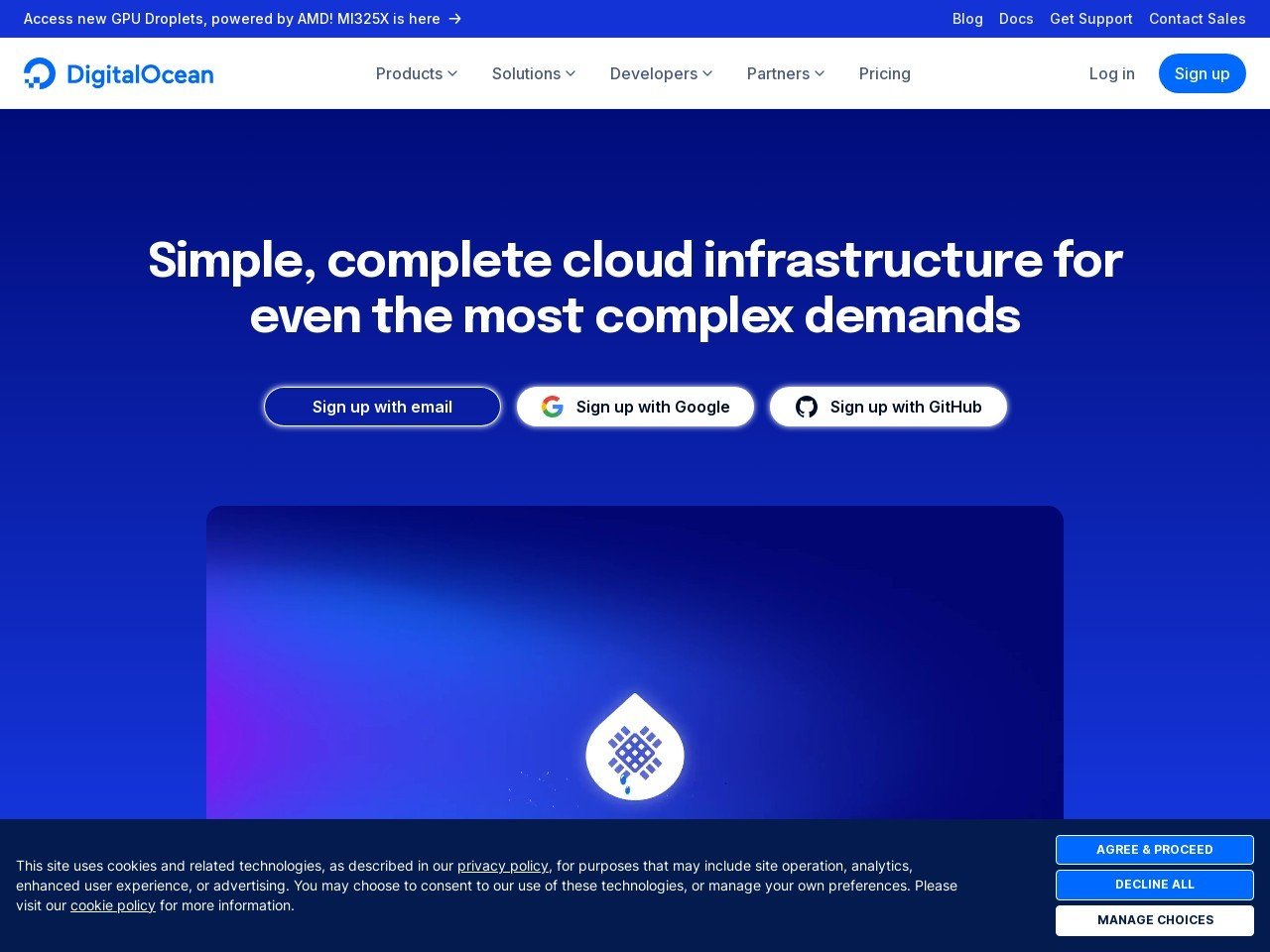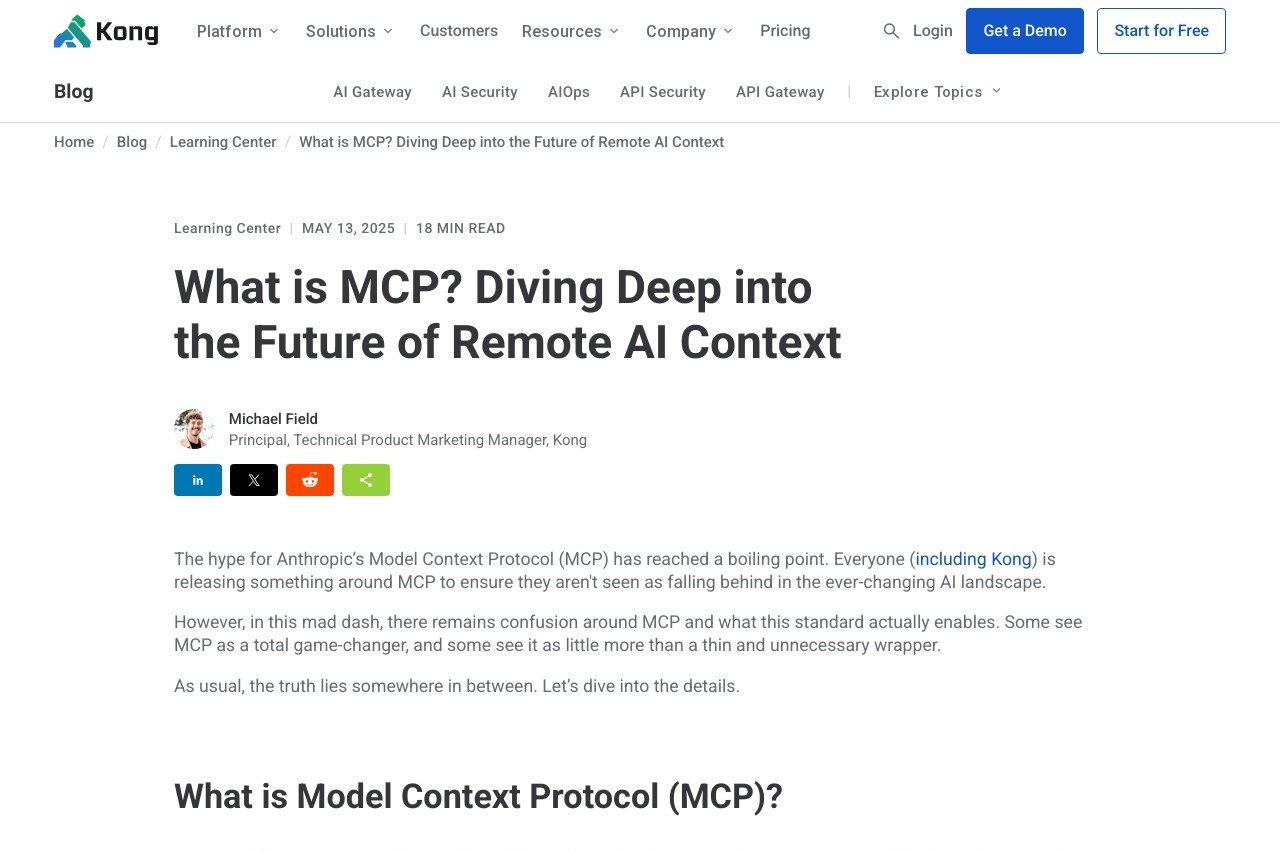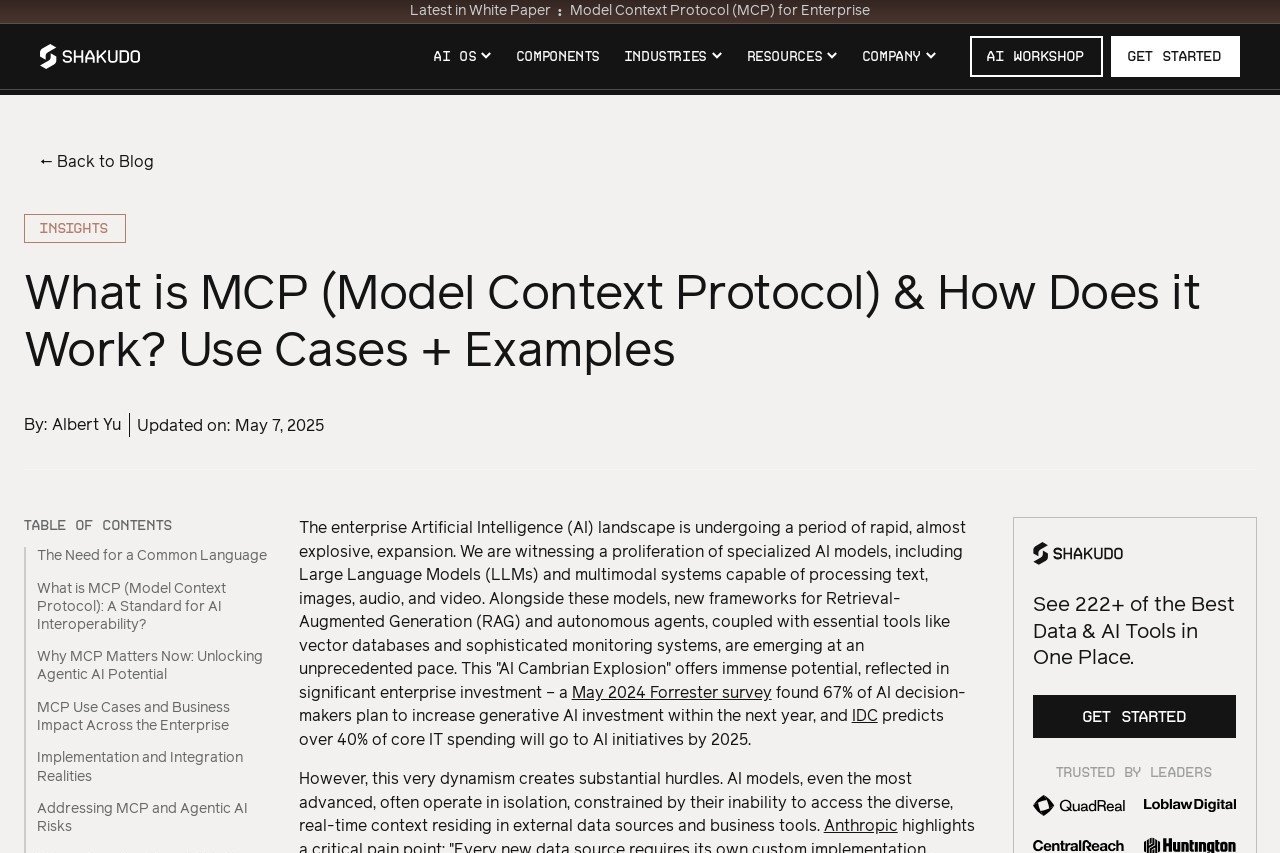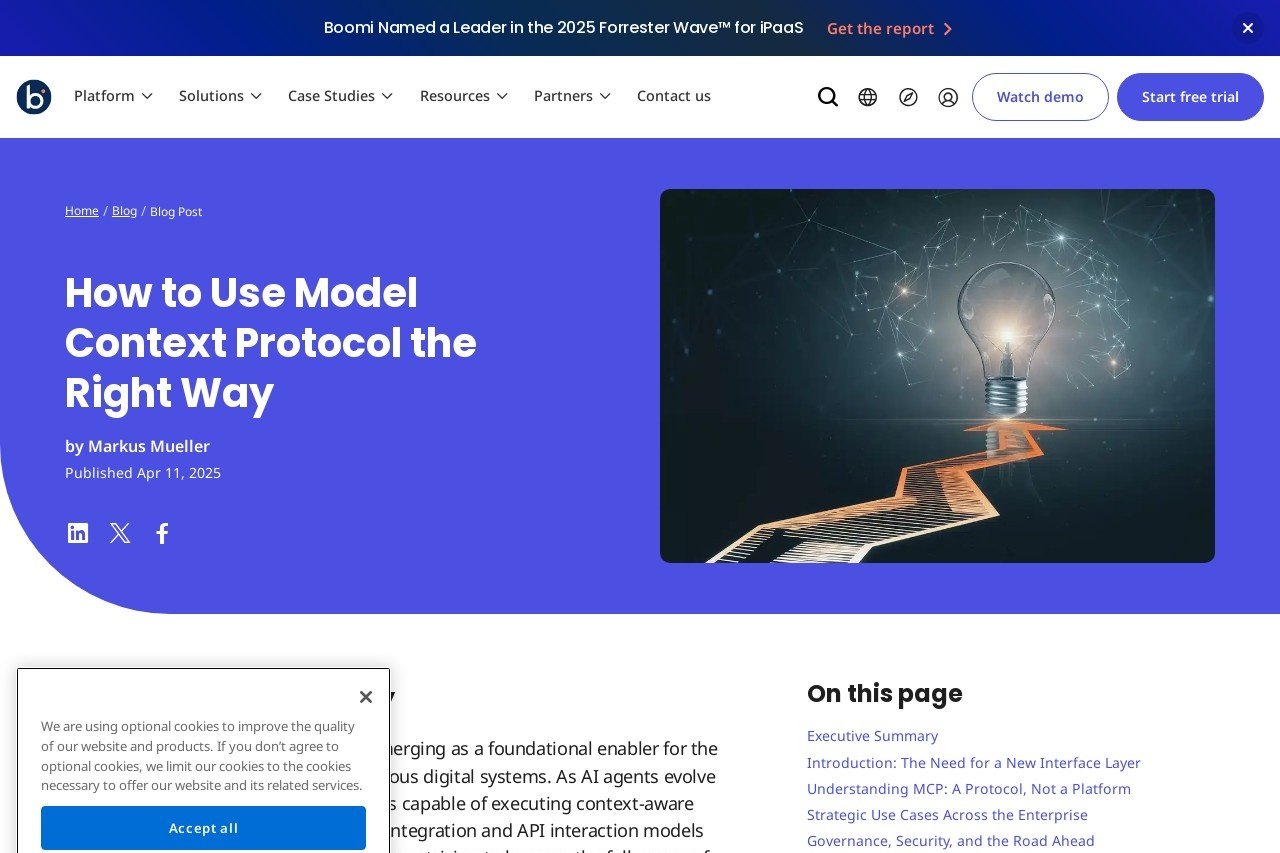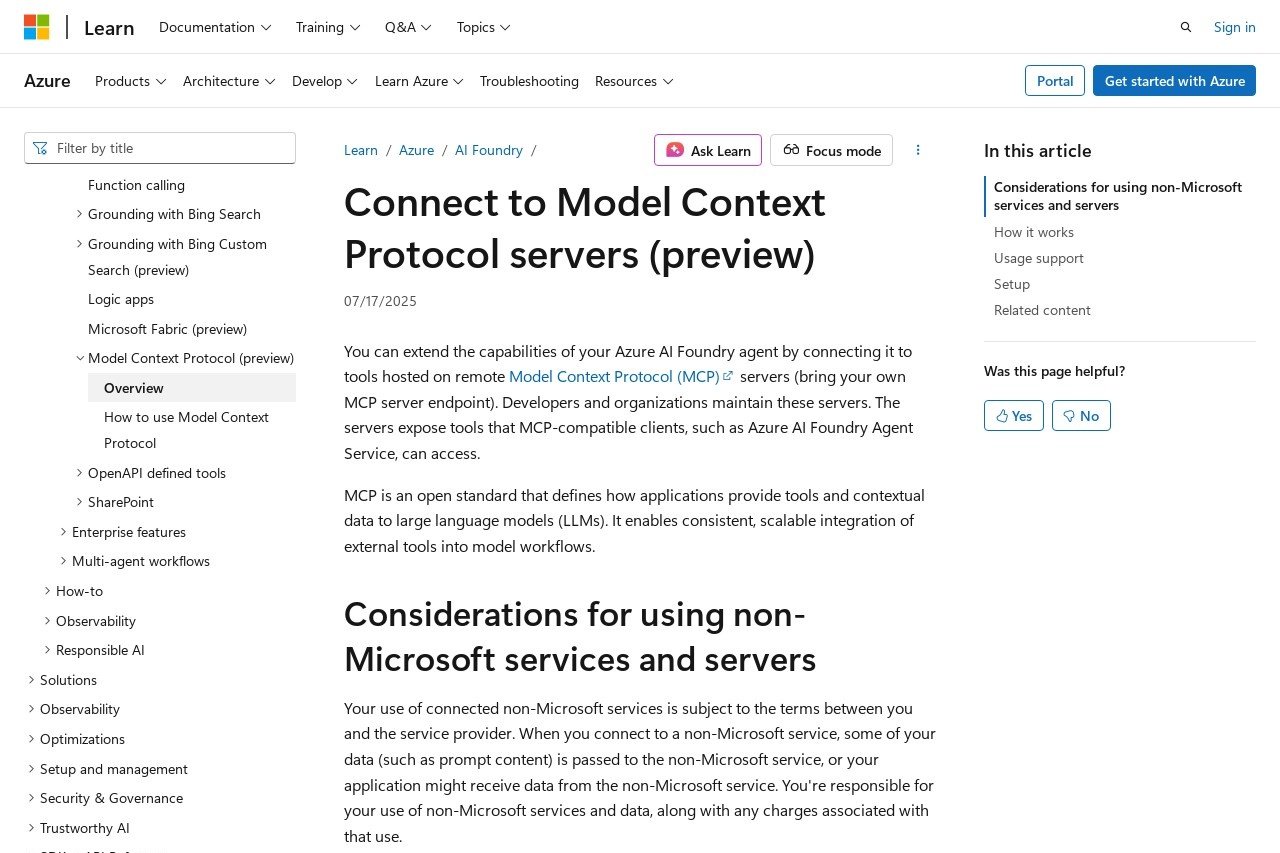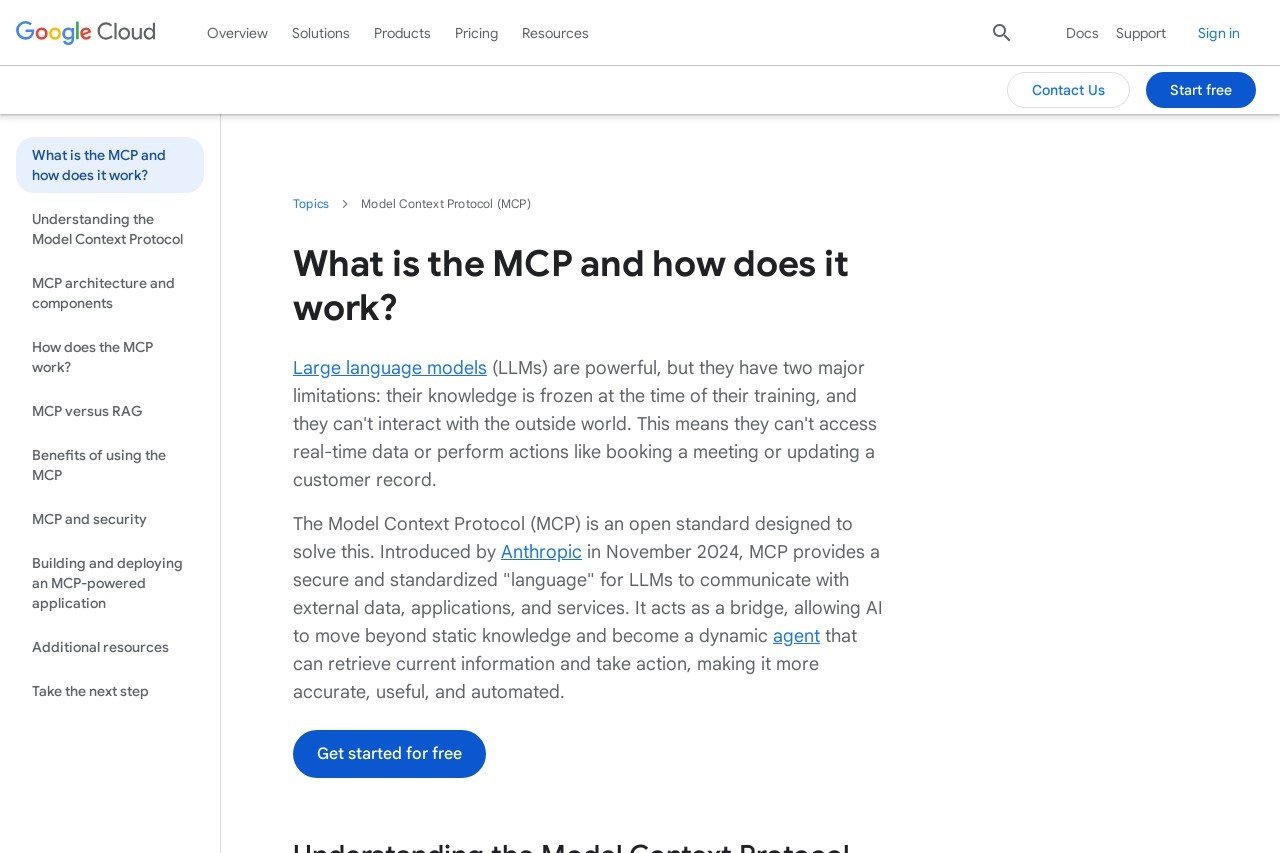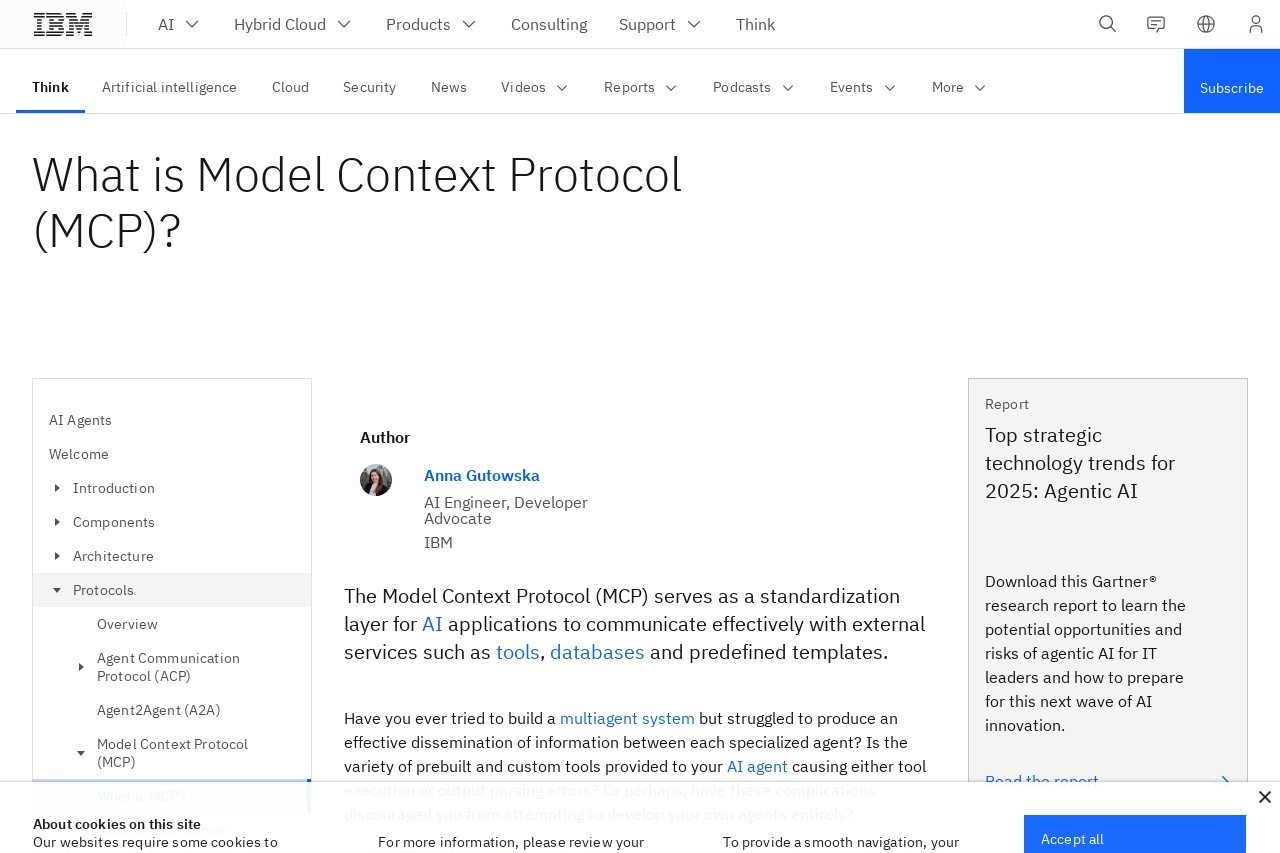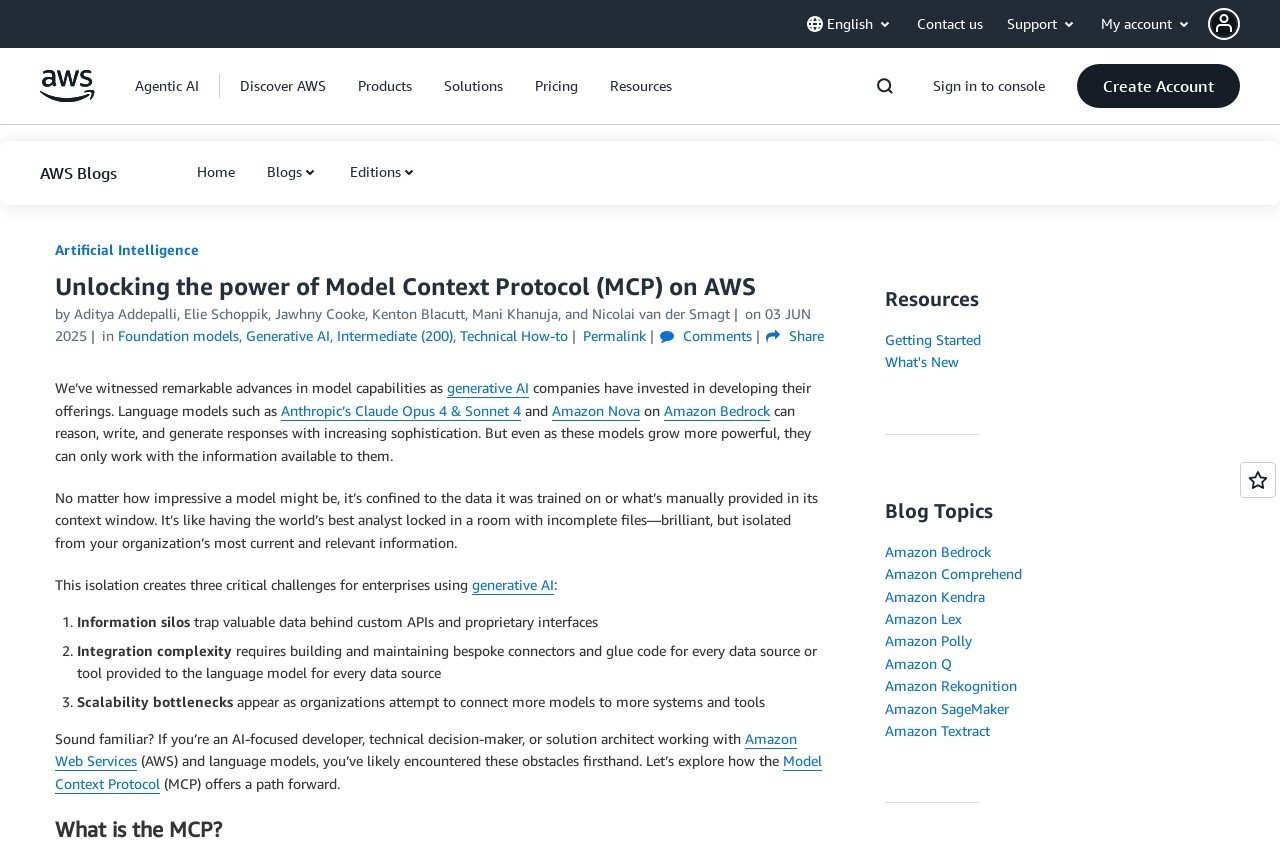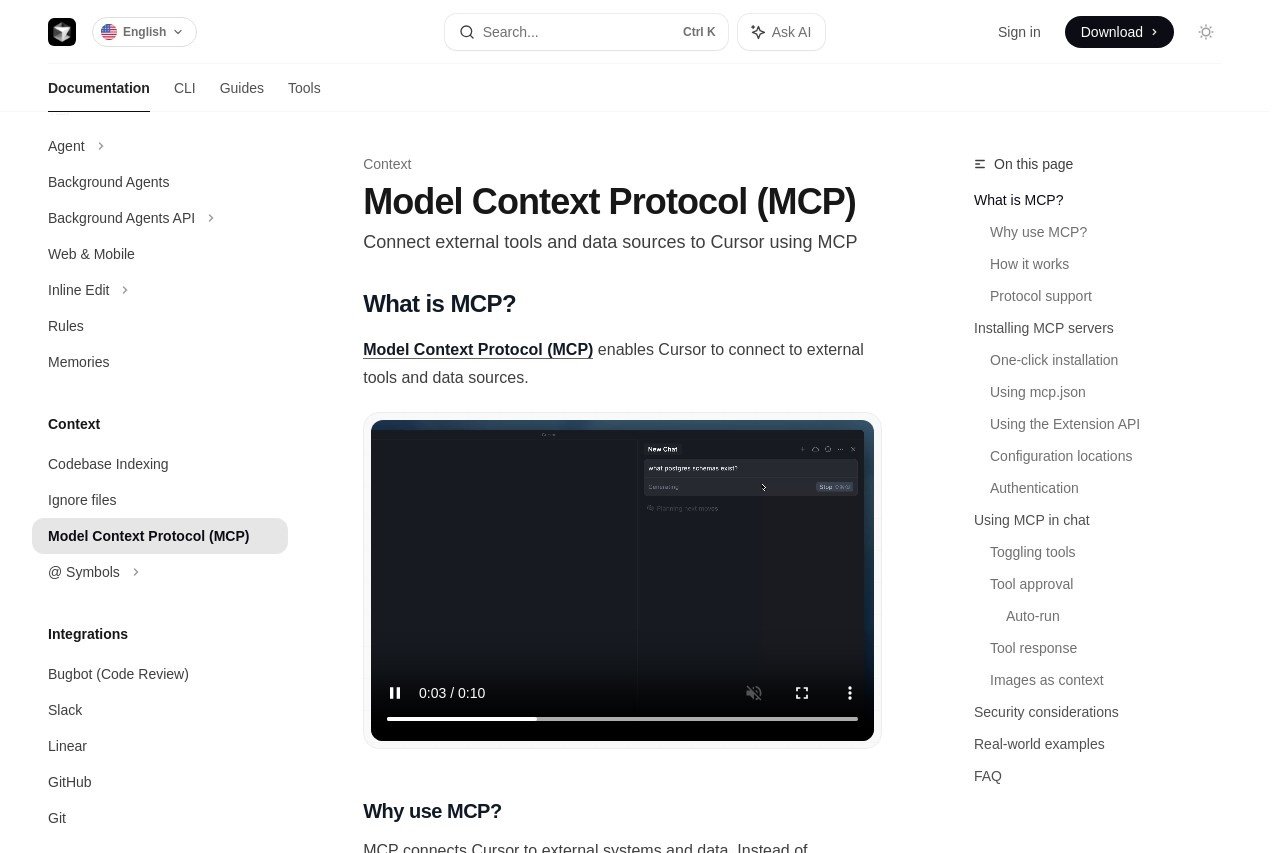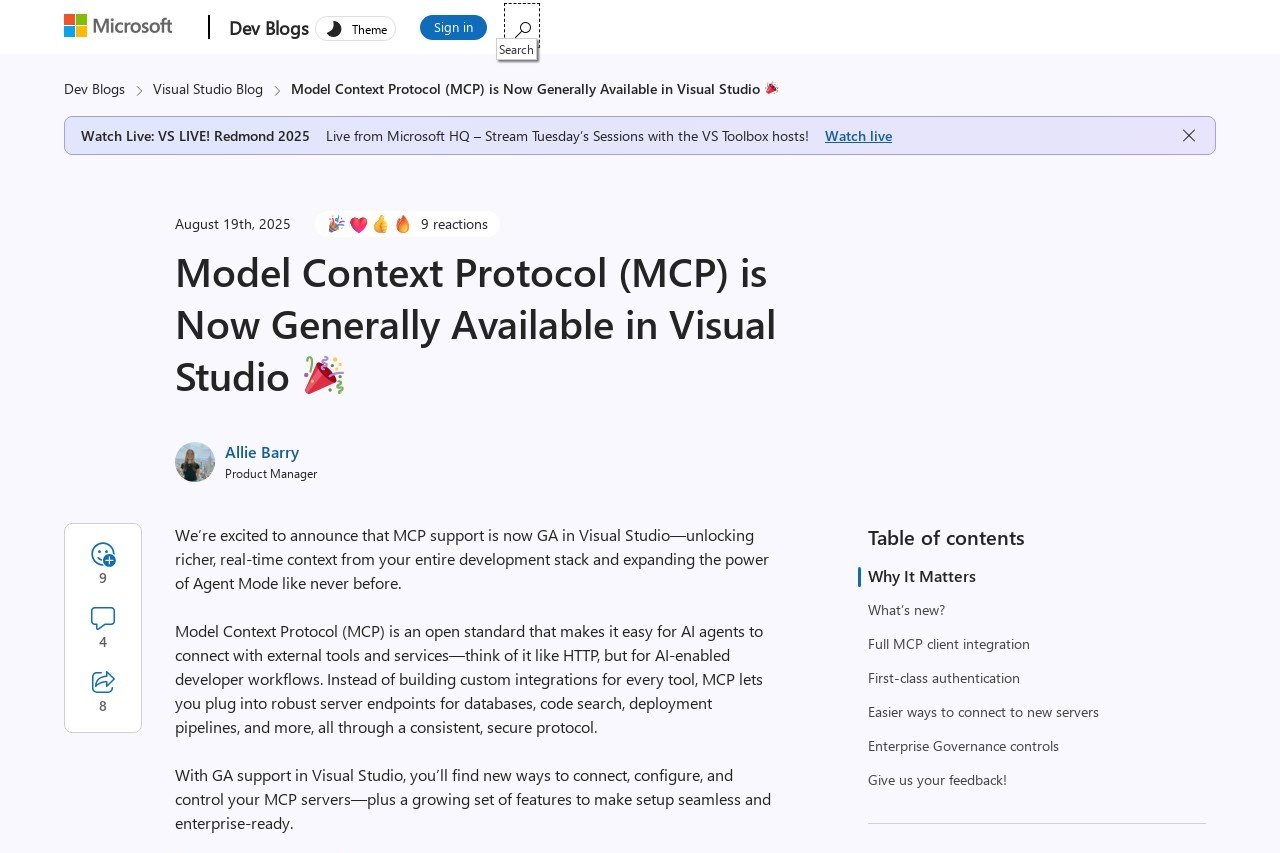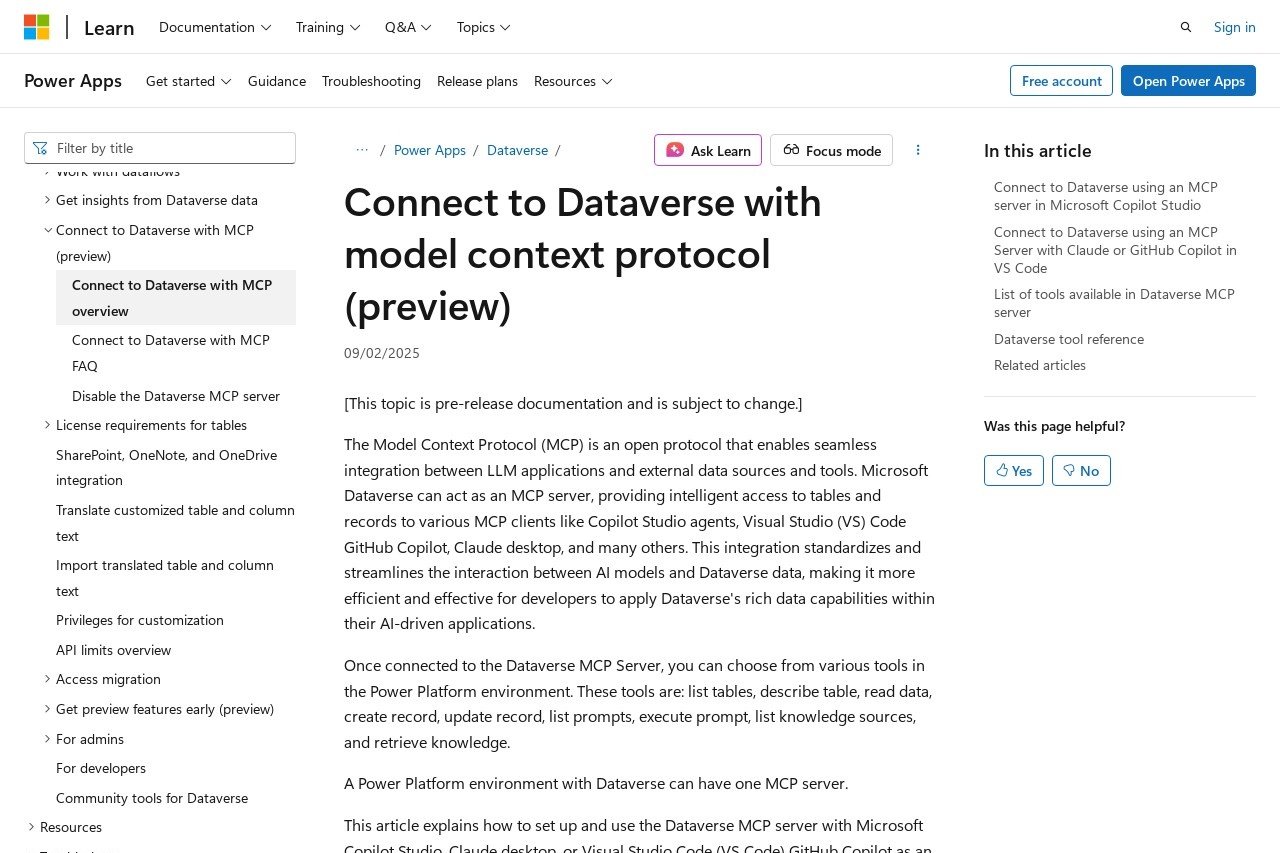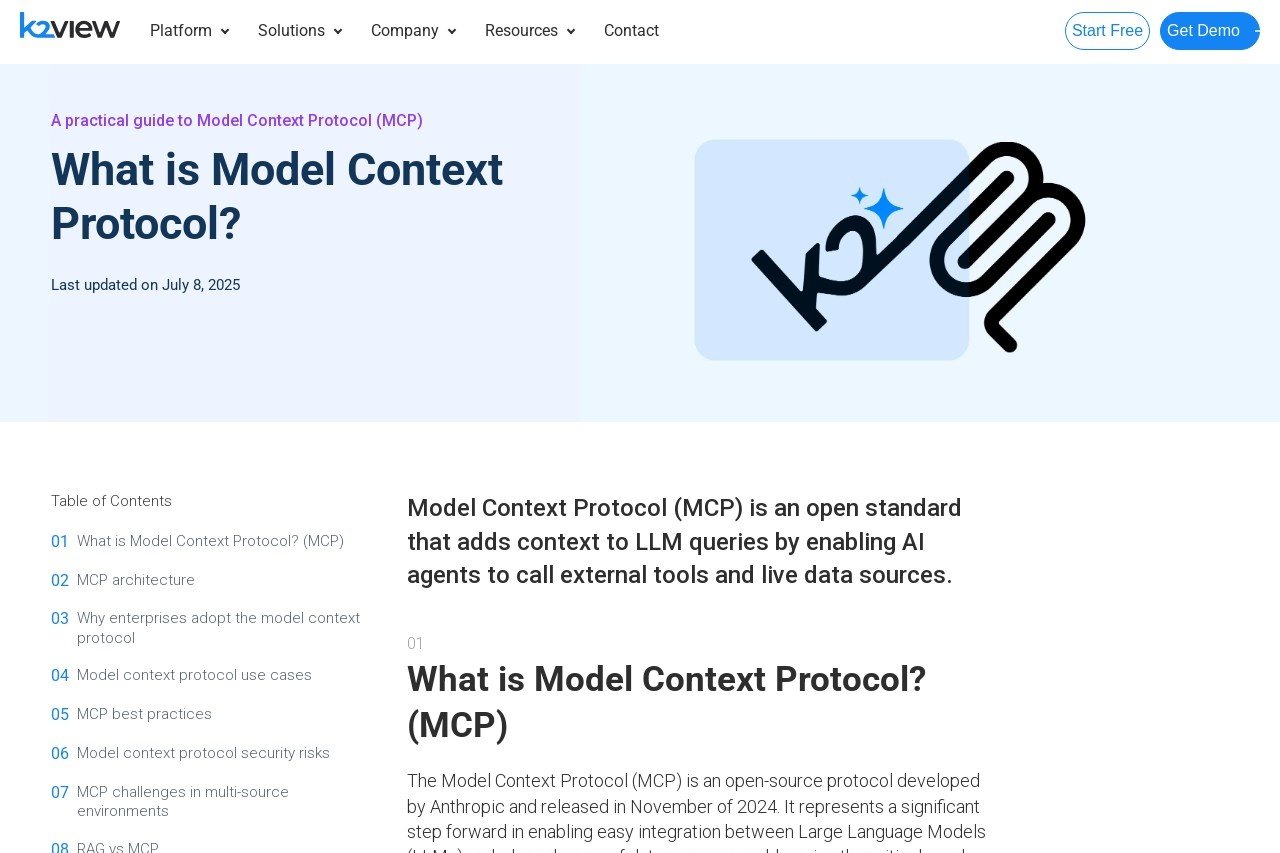
A practical guide explaining the Model Context Protocol, its purpose, and implementation.
K2view
Introduction to the Model Context Protocol (MCP)
The Model Context Protocol (MCP) is an innovative open standard designed to connect large language models (LLMs) and generative AI applications to any data source or system. It serves as a secure and efficient bridge, enabling AI to access and utilize real-time, relevant information. This protocol is fundamental for creating dynamic, context-aware AI experiences that are grounded in accurate and up-to-date data.
Key Features
MCP provides a robust framework for seamless data integration. Its core features include:
- Standardized Communication: Establishes a common language for AI models to request and receive data from various repositories and APIs.
- Enhanced Security: Implements strict security measures to ensure safe data access and prevent unauthorized information exposure.
- Real-time Data Access: Allows AI applications to pull live data from operational systems, ensuring responses are based on the current state of the business.
- Extensibility: Supports a wide range of data sources, from SQL databases and REST APIs to custom internal applications, through a simple connector model.
Benefits and Advantages
Adopting the Model Context Protocol offers significant strategic advantages for organizations leveraging AI. It dramatically improves the accuracy and relevance of AI-generated outputs by providing necessary context, leading to more informed decision-making. The protocol reduces development time and complexity by offering a standardized way to connect AI to data, eliminating the need for custom, point-to-point integrations. Furthermore, its built-in security framework mitigates risk and ensures compliance when handling sensitive enterprise information.
Who Should Use MCP?
The Model Context Protocol is essential for a variety of professionals and organizations. Enterprise architects and developers building generative AI applications will find it invaluable for creating powerful, data-driven tools. Data engineers can use it to safely expose data systems to AI without compromising security. Ultimately, any business aiming to operationalize its AI strategy and build context-rich copilots, chatbots, or analytical assistants will benefit from implementing MCP.
Frequently Asked Questions (FAQ)
Q: How does MCP differ from a traditional API?
A: While both facilitate data exchange, MCP is specifically designed for interactions between AI models and data sources. It standardizes how AI requests context, making integrations more consistent and secure compared to using a collection of disparate APIs.
Q: Is MCP tied to a specific AI model or vendor?
A: No. A key strength of MCP is that it is an open standard, meaning it is vendor-neutral and can be used to connect any compliant AI model to any supported data source.
Q: What is required to implement MCP?
A: Implementation typically involves setting up an MCP server that acts as the intermediary. This server hosts connectors that communicate with your data sources and translates requests from the AI model using the standard MCP format.
